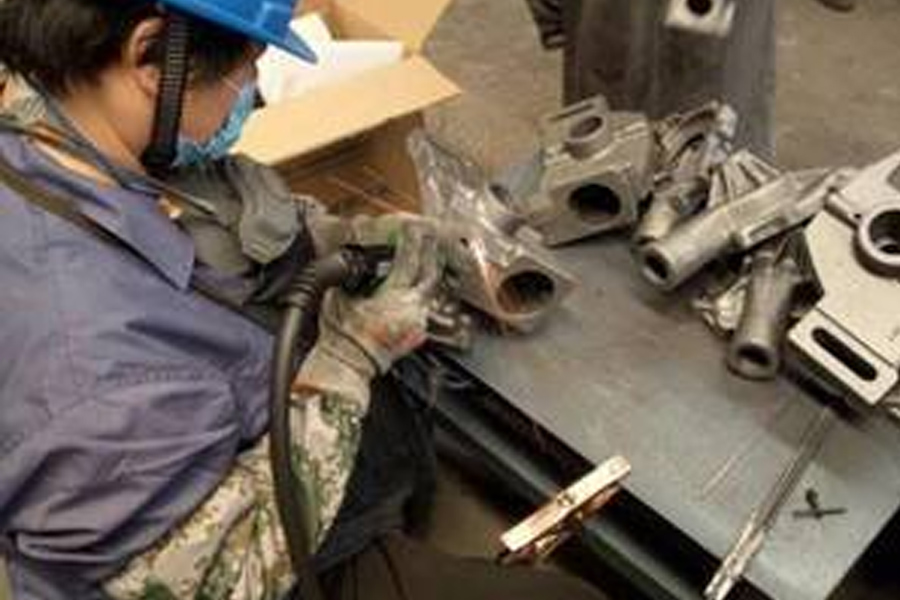3D printed ships have many advantages. The earliest handmade boats can be traced back to ancient times, and new manufacturing techniques have emerged along the history of continuous evolution. From manual to automatic processing, each ship can be produced in a unique way. With the addition of a 3D printer, the weight of the ship can be made lighter without loss of material. Through the production of customized parts, the replacement of spare parts is easier.
- No material loss: 3D printing uses only the amount of materials necessary to build a ship, and does not generate excess waste. Compared with the earlier traditional manufacturing methods, the cost of shipbuilding is further reduced, thereby indirectly reducing labor costs and construction cycles.
- Custom ships (parts): Ships are built for different purposes, some focus on speed, and some focus on balance. With the addition of 3D printers, people can use custom methods to create ship parts, thereby optimizing the overall performance of the ship, such as 3D printing the skeleton of the hull. The use of SLA 3D printing for customized production is beneficial because it does not cost any additional costs, while using traditional manufacturing methods takes a lot of effort. People now only need to adjust the 3D printing model according to their own preferences.
- Lightweight construction of ships: Compared with traditional manufacturing methods, the parts produced by 3D printing are lighter in weight. This means that the hull can become faster while ensuring sufficient strength, obtain better balance, and reduce the potential risk of weight loss.
- Quick replacement of marine spare parts: There may be many undetected risks when sailing on the water, and it is necessary to be very cautious for ships in turbulent waters. A slight impact usually causes damage to the hull components. Through 3D printing, people can quickly repair and replace hull parts. Compared with traditional repair methods, 3D printed parts can be faster and cheaper.
3D printed yacht hull
HanseYachts AG is a German yacht manufacturer. The yacht in the picture is a 10-meter-long hull created by a 3D printer with a print size of 20 meters. The hull of the yacht will become part of the Hanse 3D15 yacht. “Therefore, the new Hanse 3D15 will be a wooden yacht. Through the production of the new hull mjf 3D printing, we not only have to make a more powerful hull, but also hope to greatly reduce the production time to meet the high demand of customers. Through 3D printing , The Hanse personalization concept can be implemented in every possible way."-Karl Dehler, chief engineer of the future development department. The material used is wood wool composed of 60% recycled wood and polymer binder.
3D printing autonomous ships to reduce traffic jams
Due to different urban planning requirements, cities such as Venice and Amsterdam are highly dependent on ships as a means of transportation. In recent years, due to the increase in the number of tourists visiting these cities, the waters are full of ships, so many problems have arisen. The Computer Science and Artificial Intelligence Laboratory of the Massachusetts Institute of Technology and the Senseable City Laboratory of the Urban Research and Planning Department have joined forces to create a smaller-scale 3D printed prototype version of the rectangular ship, which can be set along a pre-set The path moves. The purpose of these ships is to obtain information through environmental sensors and provide urban services at night or during the day when the channel is relatively empty. The hull consists of 16 3D printed parts, and the entire printing process takes about 60 hours.
